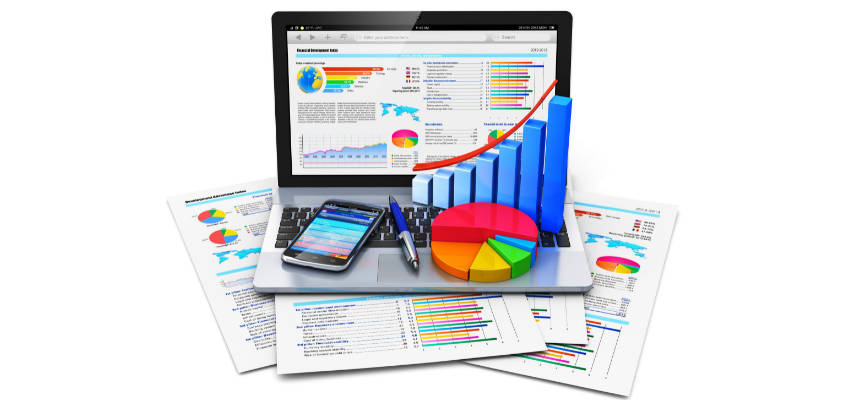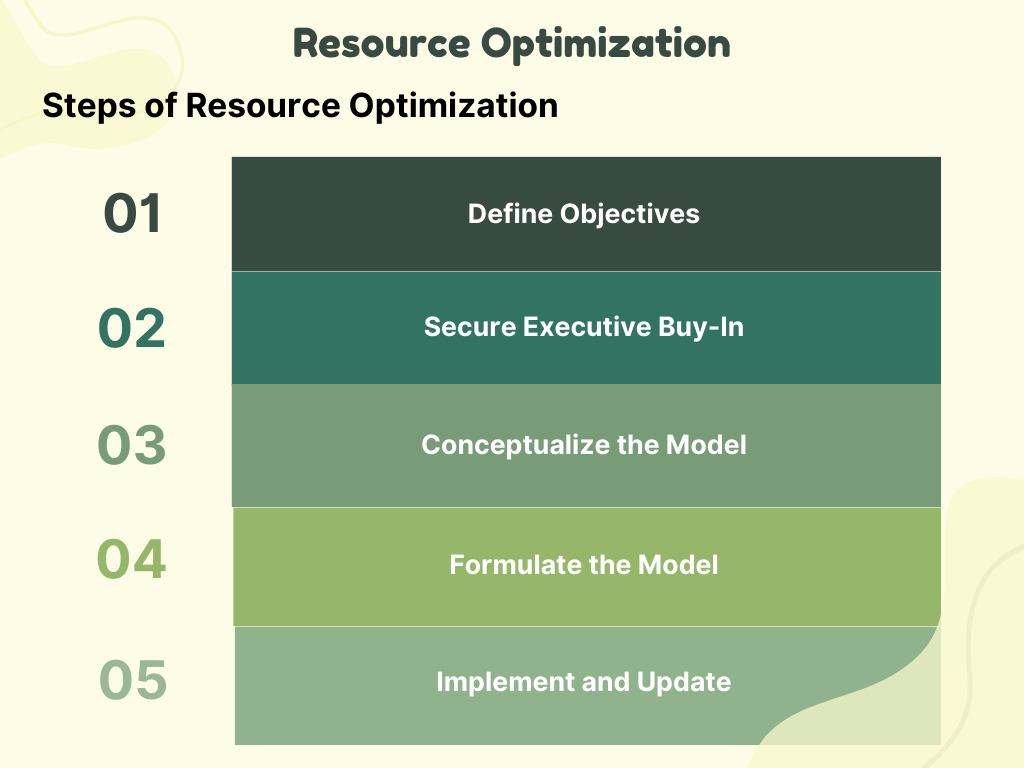Show:
Why Predictive Analytics is Crucial for Software Success
In today’s data-driven world, the success of software products hinges on the ability to anticipate user needs, optimize operations, and stay ahead of market trends. This is where predictive analytics comes into play, offering a powerful toolkit for software companies to gain a competitive edge. Let’s dive into why predictive analytics has become indispensable for software success.

Enhancing Decision-Making with Data-Driven Insights
Gone are the days of gut-feeling decisions in software development. Predictive analytics transforms decision-making processes by moving from reactive to proactive strategies.
Utilizing Historical Data: By analyzing past performance data, companies can forecast future trends and behaviors with remarkable accuracy. This approach allows software teams to identify patterns in user engagement, predict feature adoption rates, and anticipate potential roadblocks in development cycles.
Scenario Analysis: Implementing ‘what-if’ scenarios enables software teams to predict the outcomes of different strategies before implementation. This powerful technique helps in evaluating the potential impact of new features, assessing the risks of major architectural changes, and optimizing resource allocation for maximum efficiency.
Reducing Uncertainty: One of the most significant benefits of predictive analytics is its ability to minimize risks. By predicting potential challenges and opportunities, software companies can prepare contingency plans for possible setbacks, capitalize on emerging market opportunities, and make more informed investment decisions.
Did you know? The predictive analytics market is projected to reach $35.45 billion by 2027, growing at a CAGR of 21.9%, underscoring its growing importance in modern business practices.
Improving Customer Experience and Retention
Understanding and anticipating customer needs is crucial for maintaining a competitive edge in the software industry. Predictive analytics enables businesses to tailor their offerings and interactions to foster loyalty and satisfaction.
Customer Segmentation
By identifying and targeting specific customer groups, software companies can create personalized marketing campaigns, develop features that cater to specific user segments, and allocate resources more effectively to high-value customers.
This is particularly valuable in customer service applications, where understanding what is contact center technology and how it can be optimized is crucial. Predictive analytics can help contact centers anticipate customer inquiries, route calls more efficiently, and provide agents with relevant information before they even speak to a customer.
Personalization
Enhancing user experience through predictive analytics leads to higher engagement and satisfaction. Companies can recommend relevant features based on usage patterns, customize user interfaces to individual preferences, and provide proactive support before issues arise.
In the context of contact centers, this might involve predicting the best time to reach out to customers, personalizing interactive voice response (IVR) menus, or suggesting the most effective resolution path for a given customer issue.

Churn Prediction
Detecting at-risk customers allows for proactive retention strategies. With predictive analytics, businesses can identify warning signs of customer dissatisfaction, implement targeted interventions to prevent churn, and continuously refine retention strategies based on predictive models. By intervening early with targeted support or incentives, companies can significantly improve customer retention rates.
Feedback Integration
Predictive analytics also plays a crucial role in integrating and acting on customer feedback. By analyzing customer comments, reviews, and support interactions, companies can:
- Identify emerging issues or pain points before they become widespread problems
- Predict which product improvements or new features will have the most significant impact on customer satisfaction
- Tailor communication strategies to address specific customer concerns proactively
This data-driven approach to customer feedback ensures that software companies remain responsive to user needs and continuously improve their products and services.
By using predictive analytics across these areas, software companies can create a more personalized, efficient, and satisfying experience for their customers. This not only leads to higher retention rates but also fosters brand loyalty and can turn satisfied customers into brand advocates, driving organic growth and market expansion.
Optimizing Operations and Resource Management
Optimizing operations and resource management is essential for software companies striving for efficiency and profitability. Predictive analytics plays a crucial role by providing insights that help streamline processes and allocate resources effectively.
By analyzing data from past projects, companies can forecast demand, ensuring that resources are available when needed and avoiding over- or under-utilization. This approach also helps in identifying bottlenecks in the development process, allowing for timely interventions that keep projects on track.
Additionally, predictive analytics aids in optimizing maintenance schedules, reducing downtime, and improving overall system reliability. It enables better budget management by predicting costs and identifying areas where spending can be reduced without compromising quality.
By utilizing these data-driven insights, software companies can enhance productivity, reduce waste, and improve their bottom line. Predictive analytics, therefore, transforms operational efficiency, making it a cornerstone of modern resource management strategies.

Enhancing Product Development and Innovation
Innovation is at the heart of staying competitive in the software industry. Predictive analytics drives innovation by anticipating market needs and integrating user feedback effectively.
Market Analysis
Anticipating market needs and trends guides product development by identifying emerging technologies and user preferences. Companies can predict market saturation for existing features, ensuring that new developments fill gaps rather than overcrowd the market. This approach helps guide R&D investments towards areas with the highest potential impact, ensuring resources are used efficiently to develop groundbreaking features.
Feature Prioritization
Using predictive models to determine high-impact features allows software teams to focus development efforts on features with the highest potential ROI. This reduces the time-to-market for critical updates, enabling companies to stay ahead of competitors. By aligning the product roadmap with predicted user needs, businesses can ensure that their offerings remain relevant and valuable to their user base.
Feedback Integration
Incorporating user feedback and usage data into the product lifecycle is crucial for continuous improvement. Predictive analytics helps identify and address pain points proactively, ensuring that products evolve in line with user expectations. This accelerates the iteration cycle for software updates, keeping products fresh and competitive while enhancing overall user satisfaction.
Increasing Revenue and Competitive Advantage
Maximizing revenue requires strategic insights into customer behavior and market trends. Predictive analytics provides the tools to identify and capitalize on revenue-generating opportunities.
Upselling and Cross-Selling: Predictive analytics helps identify which customers are most likely to upgrade and recommend complementary products or services. This allows businesses to time promotional offers for maximum impact, increasing the chances of additional sales and boosting overall revenue.
Pricing Strategies: Optimizing pricing models through predictive analytics involves implementing dynamic pricing based on demand forecasts. This approach helps identify price sensitivity across different customer segments and predict the impact of pricing changes on sales volume, ensuring maximum profitability.
Competitive Insights: Predictive analytics offers valuable insights into competitor performance and market positioning. Businesses can anticipate competitor moves, adjust strategies accordingly, identify untapped market segments, and benchmark their performance against industry leaders.
Ensuring Predictive Analytics Success
While the benefits of predictive analytics are clear, success hinges on proper implementation. Essential guidelines for ensuring predictive analytics projects deliver tangible results include establishing a solid data foundation, focusing on ROI, defining clear objectives, and addressing human bias.
- Solid Data Foundation: Ensure data quality, integration, and accessibility by implementing robust data governance practices and investing in data cleaning and preprocessing tools.
- ROI-Focused Application: Prioritize tasks that provide measurable returns on investment. Start with small, high-impact projects to demonstrate value, and continuously monitor and report on predictive analytics ROI.
- Defining Clear Objectives: Align predictive analytics efforts with business goals and outcomes by setting specific, measurable targets for each initiative. Regularly review and adjust objectives based on results to maintain alignment with business needs.
- Addressing Human Bias: Mitigate biases in data collection and model development by implementing diverse teams and regularly auditing predictive models for fairness and accuracy, ensuring ethical and unbiased outcomes.
Frequently Asked Questions
How does predictive analytics improve decision-making?
Predictive analytics improves decision-making by using historical data to forecast future trends, enabling proactive strategies and minimizing risks.
What are the key benefits of predictive analytics in customer retention?
Predictive analytics helps identify at-risk customers, personalize user experiences, and implement targeted interventions, leading to higher customer satisfaction and retention.
How can businesses ensure the success of predictive analytics projects?
Success can be ensured by maintaining high data quality, aligning analytics efforts with business goals, and addressing biases in data collection and model development.
Conclusion
Predictive analytics has become an indispensable tool for software success in today’s competitive landscape. By enhancing decision-making, improving customer experiences, optimizing operations, driving innovation, and boosting revenue, predictive analytics provides a comprehensive framework for sustainable growth and competitive advantage.
As the software industry continues to evolve rapidly, those who harness the power of predictive analytics will be best positioned to anticipate market shifts, meet customer needs, and drive continuous improvement. The time to invest in predictive analytics is now – the future of your software success may depend on it.

 Return to Previous Page
Return to Previous Page








